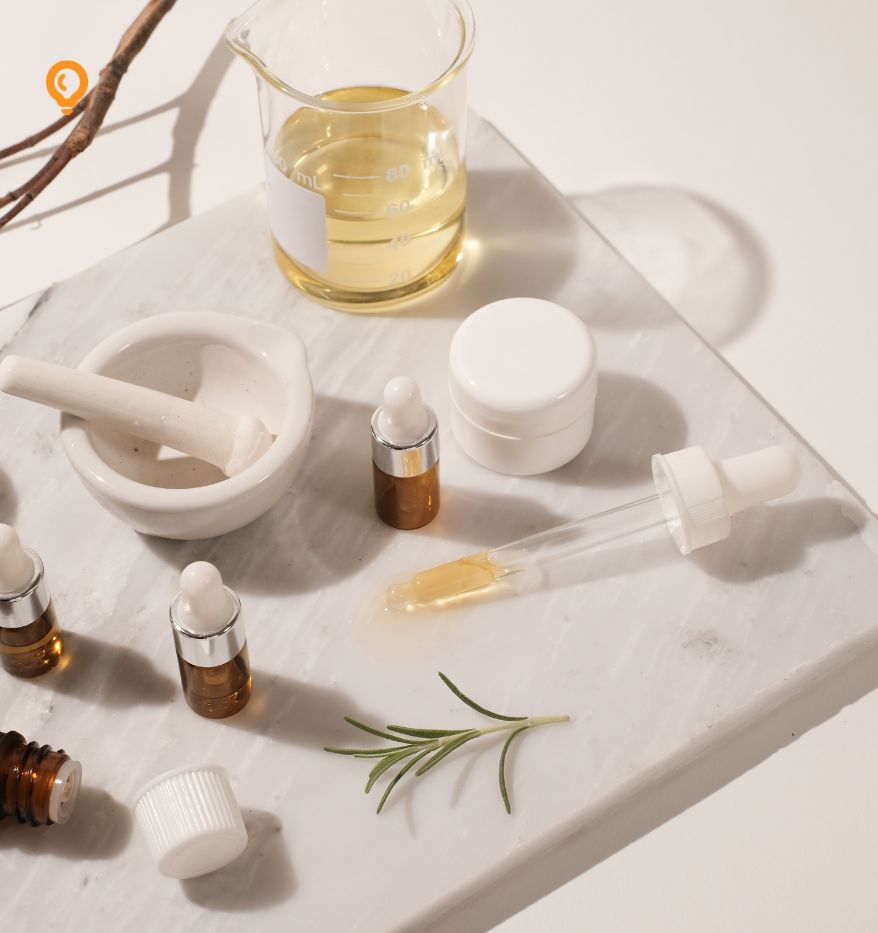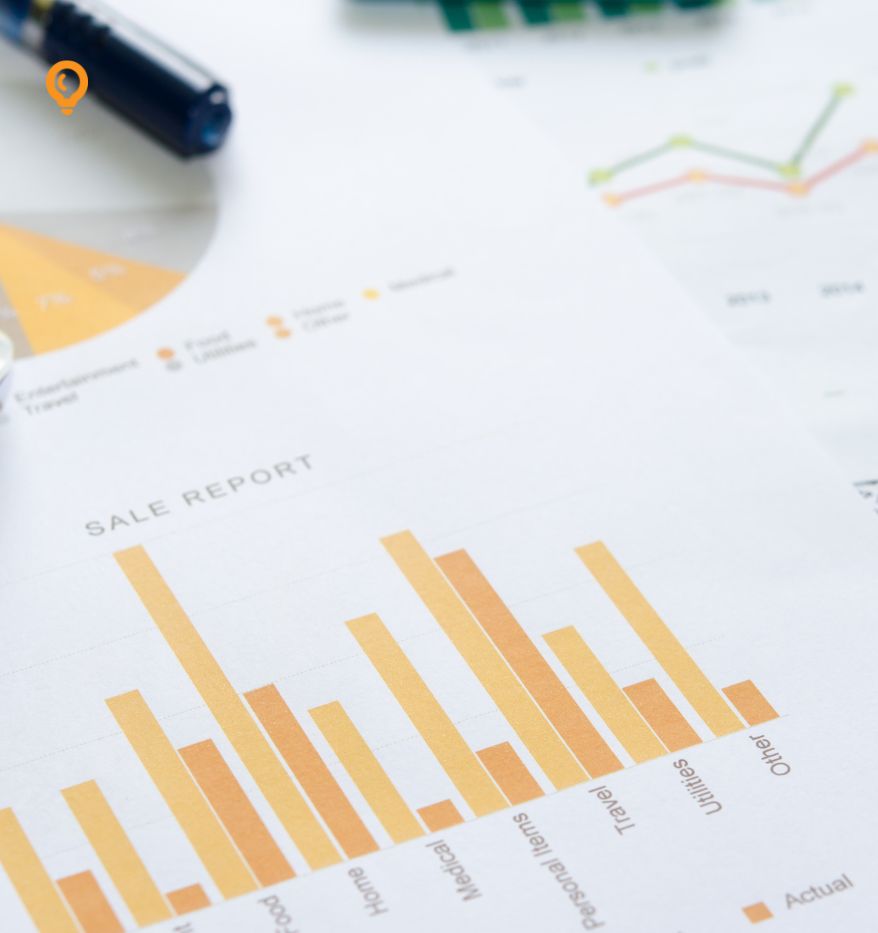Loading
A North American skincare company seeking to expand into the Korean market. The client wanted to predict future trends in Korea’s skincare market to position their product line effectively. They needed insights into the growth potential of natural skincare products and the overall demand trajectory in the coming years. Additionally, they sought to understand how changing consumer preferences might impact their long-term strategy.
SME
Skincare
6 Months
Naver DataLab, Google Trends, Python with Pandas and Scikit-Learn for predictive models, SimilarWeb, Statista, Monte Carlo simulations


Data Collection & Trend Analysis
Predictive Analysis
Strategic Recommendations
The client launched their product line in Korea within 9 months, timed perfectly to coincide with a growing demand for eco-friendly skincare products.
Within a year, the client captured a 7% market share in the premium skincare category, surpassing initial projections.
Within six months of entering the Korean market, the client launched their localized product, capturing 3% of the SMB fintech market in Korea, primarily through the partnerships established with local players.
Due to iDEO Alley’s proactive risk forecasting, the client was prepared for upcoming regulations on sustainable packaging, allowing them to avoid delays or fines when the new laws were implemented.